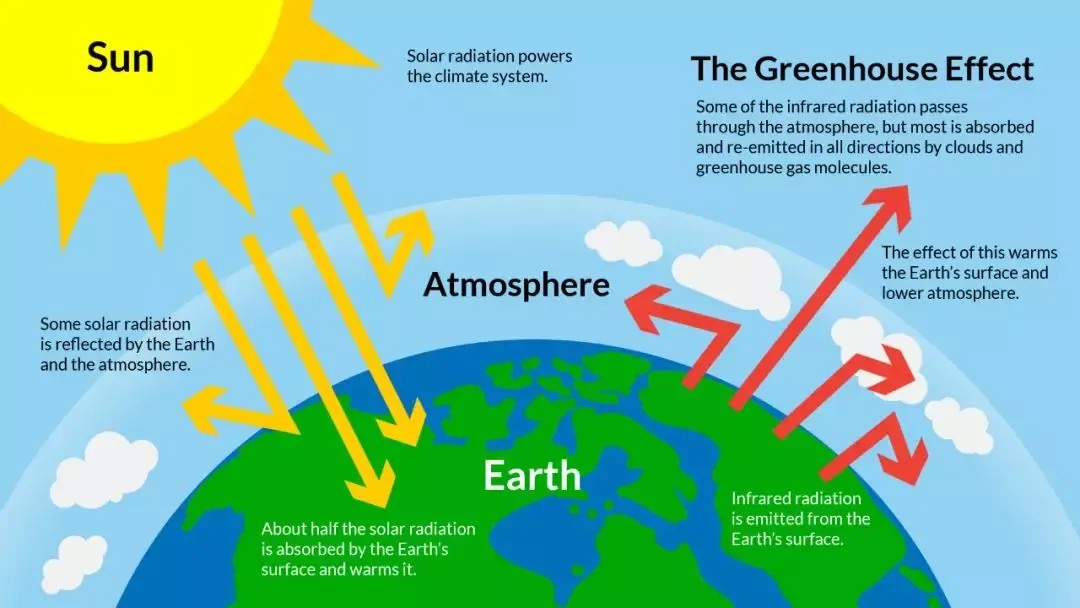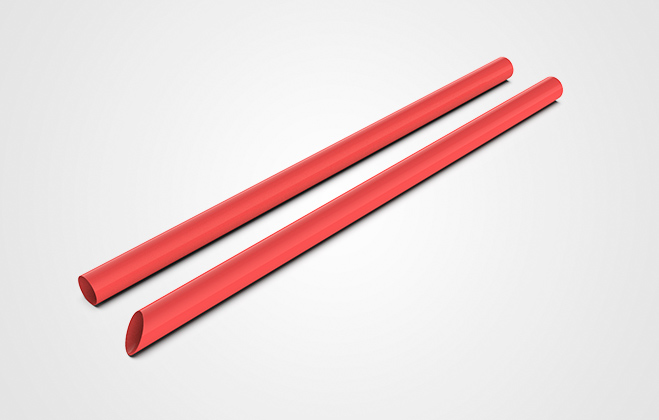Bio-based materials have become a focal point in today's industrial, technological, and investment sectors due to their unique role in mitigating climate change and resource scarcity. The underlying logic is that bio-based materials do not contribute to new carbon dioxide emissions, making them beneficial in alleviating climate change and resource shortages.
To understand the significance of bio-based materials, we first explore the historical connection between carbon dioxide and climate change dating back 168 years.
In 1856, amateur American scientist Eunice Foote was the first to confirm the greenhouse effect of carbon dioxide and water vapor in the atmosphere, leading to climate change. She conducted experiments illustrating the crucial role of carbon dioxide and water vapor in the greenhouse effect. The greenhouse effect occurs when shortwave radiation from the sun penetrates the atmosphere, reaches the Earth's surface, and is then re-emitted as longwave radiation. However, substances like carbon dioxide in the atmosphere absorb this longwave radiation, creating a warming effect.

Since the Industrial Revolution, human activities have consumed vast amounts of fossil fuels such as coal, oil, and natural gas, releasing approximately 25 trillion tons of carbon dioxide into the atmosphere. The combustion of fossil fuels releases large quantities of carbon dioxide, which, due to its heat-absorbing properties, forms an invisible barrier in the atmosphere. This barrier prevents the escape of energy radiated from the Earth's surface into outer space, leading to a warming of the Earth's surface. According to the 2021 Intergovernmental Panel on Climate Change (IPCC) Sixth Assessment Report, the global surface temperature is currently about 1°C higher than pre-industrial levels. Predictions for the next 20 years suggest that global warming is expected to reach or exceed 1.5°C.
Therefore, it is more accurate to say that the main cause of climate change is not carbon dioxide itself but rather the release of fossil carbon in the form of carbon dioxide by human activities. Carbon substitution, carbon reduction, carbon sequestration, and carbon cycling are identified as the main approaches to emission reduction.
In the industrial sector, carbon cycling involves the use of recyclable or renewable materials to produce industrial products. Bio-based materials, as renewable materials, derive from biomass (such as grains, straw cellulose, agricultural and forestry waste). The carbon dioxide utilized during the growth of crops and emitted during the manufacturing process can offset each other, making bio-based materials environmentally neutral and not contributing to climate change.
Yao Xianping, academician of the Russian Academy of Sciences and director of the Hangzhou Institute of Chemical Technology, highlights that bio-based materials serve as effective carriers for collecting, fixing, and efficiently utilizing carbon, with a global annual growth rate of 27%. While the world produces 1,480 billion to 1,800 billion tons of biomass energy annually, only 3% is utilized. By 2030, the United States aims to replace 25% of organic chemicals and 20% of petroleum raw materials with bio-based products, potentially substituting 85% of plastics with bio-based plastics.
来源: 生物降解材料研究院
 English
English 日本語
日本語 한국어
한국어 français
français Deutsch
Deutsch Español
Español русский
русский português
português العربية
العربية ไทย
ไทย Malay
Malay





















